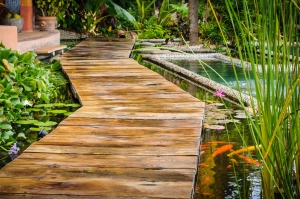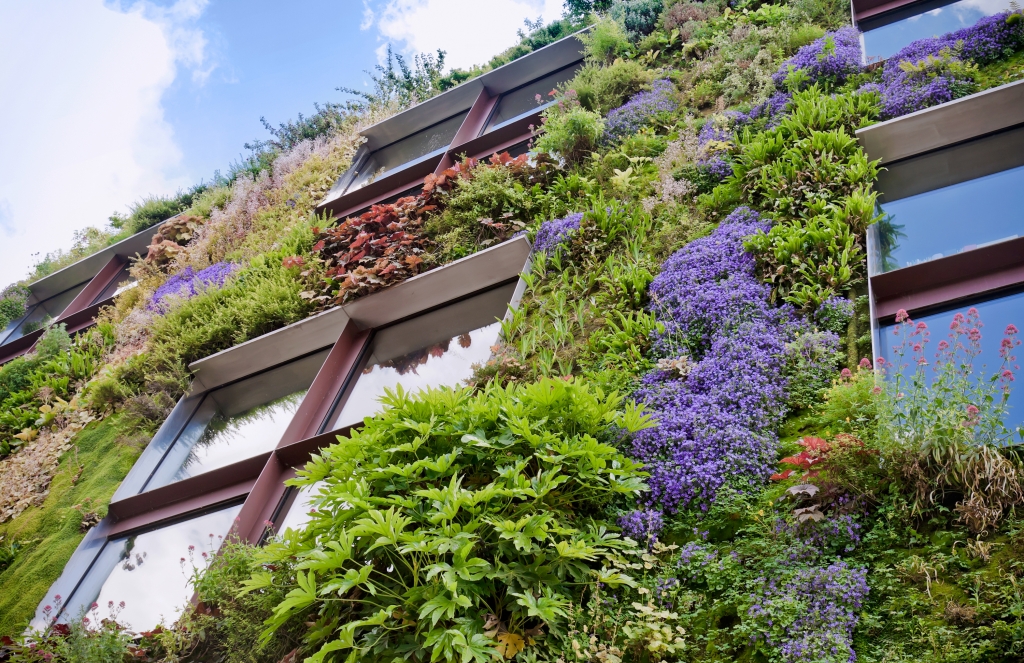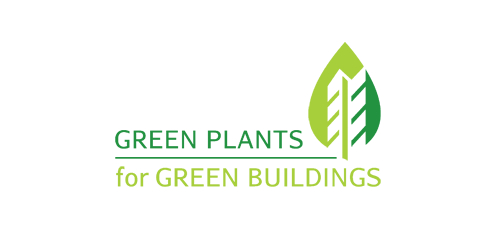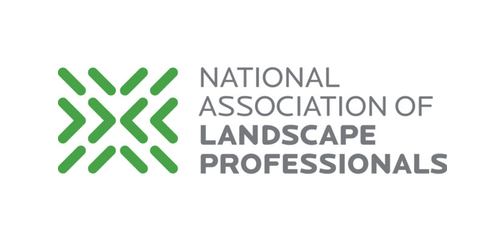It has been a long time coming. The present caught up with the future when a group effort of leading doctors, scientists, architects and other wellness professionals. over a seven year period, determined a standard for well-being in buildings. The WELL Building Standard, a performance-focused system, sets a example for measuring, certifying, and monitoring features of the built environment that impact human health and well being. It has set performance requirements in seven categories: air, water, nourishment, light, fitness, comfort and mind, all things important for living in wellness.
The standard is grounded in medical research and confirms what we have known for years – the connection between buildings (where most of us spend more than 90% of our time) and the health and wellness of the occupants are directly related. Taken from the Executive Summary of The WELL Building Standard it states,
“The WELL Building Standard works in alignment with the LEED Green Building Rating System, the Living Building Challenge, and other leading global sustainable building programs. WELL enables green building practitioners to integrate human health and wellbeing with sustainability, creating buildings that optimize occupant as well as environmental impacts.”
 It uses the ideas of biophilia which regards the special connection between humans and nature and the need to keep this connection for healthier living. Some examples of biophilic design benefits presented in an “infographic” developed by New Pro Containers in collaboration with Green Plants for Green Buildings show hotel guests reserve rooms with garden views first, paying $30 or more per night for them; people pay a minimum of 30% more for a property view with nature; and 10% of employee absences can be linked to architecture without a presence of nature.
It uses the ideas of biophilia which regards the special connection between humans and nature and the need to keep this connection for healthier living. Some examples of biophilic design benefits presented in an “infographic” developed by New Pro Containers in collaboration with Green Plants for Green Buildings show hotel guests reserve rooms with garden views first, paying $30 or more per night for them; people pay a minimum of 30% more for a property view with nature; and 10% of employee absences can be linked to architecture without a presence of nature.
According to the infographic, biophilic design consists of six principles:
- Environmental features using well-recognized natural world characteristics
- Natural shapes and forms, resisting straight lines and right angles
- Natural patterns and processes that vary the sensory experience with transitions and complimentary contrasts
- Light and space is used to evoke desired human reaction
- Place-based relationships bring designs with cultural, spiritual, ecological, or historical relationships in mind
- Evolved human-nature relationships are designed to maintain strong reactions / connections to our deep history with nature
Everyday, interior plantscapers such as Plantscapers bring biophilic designs into buildings and households with greenery that support the well-being standards found in WELL. Through the health benefits of living plants ‘breathing’ out fresh oxygen and cleaning the air by pulling-in toxins, plants give buildings and homes quality air; as well as comfort and peace of mind, like a walk out in nature, where brains are inspired with the graceful arc of plants’ leaves in a living wall.
For more information on the Well Building Standard, visit Green Plants for Green Buildings website where they are leading the way to help put plants in every room.








